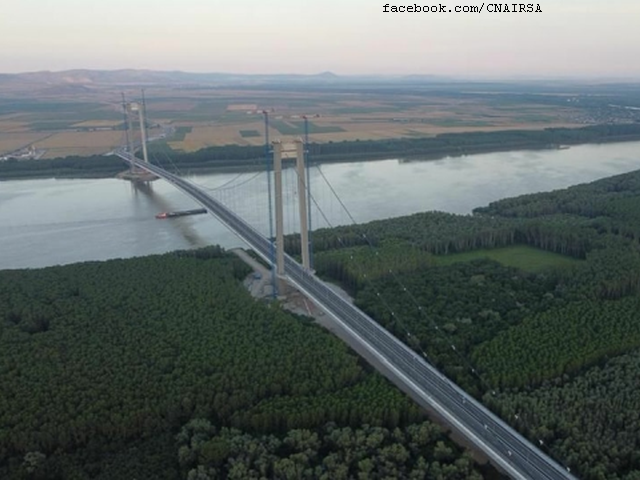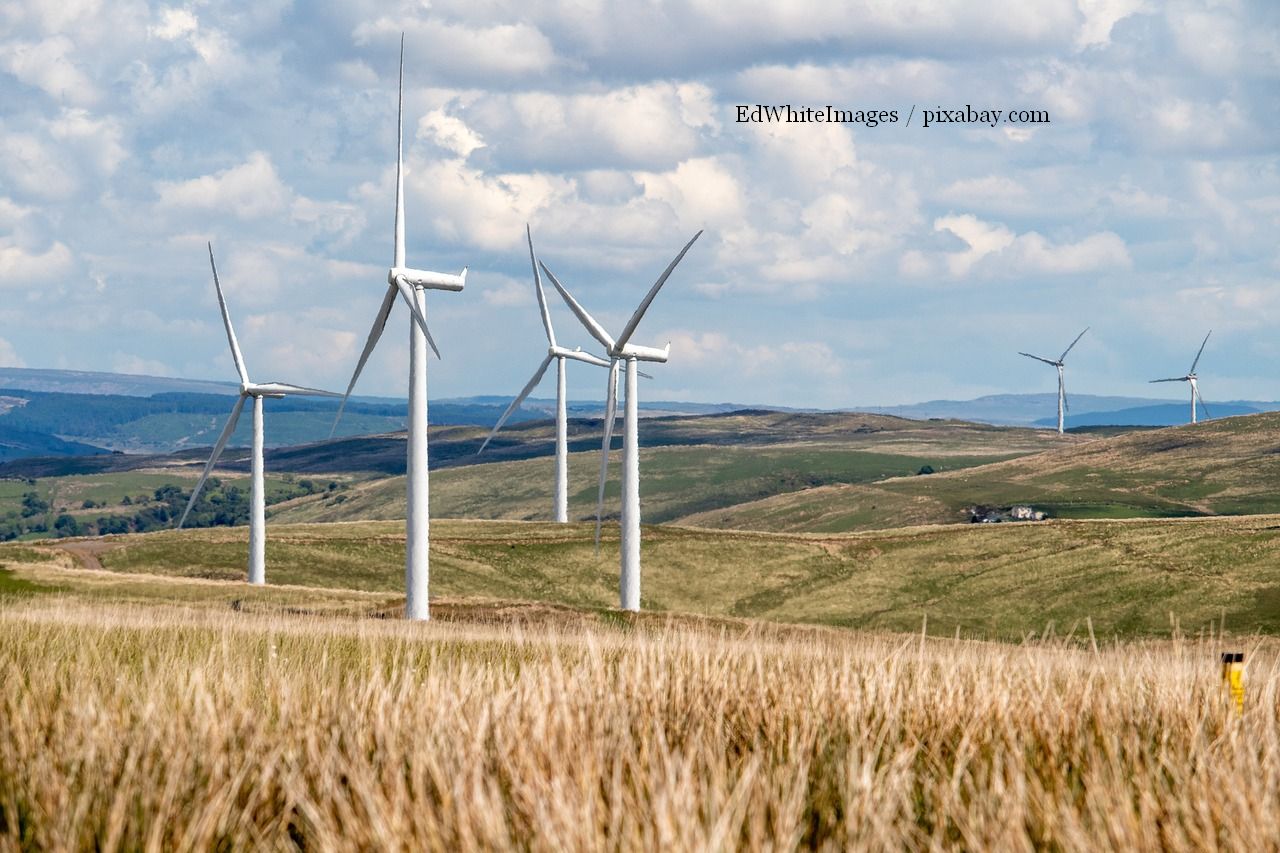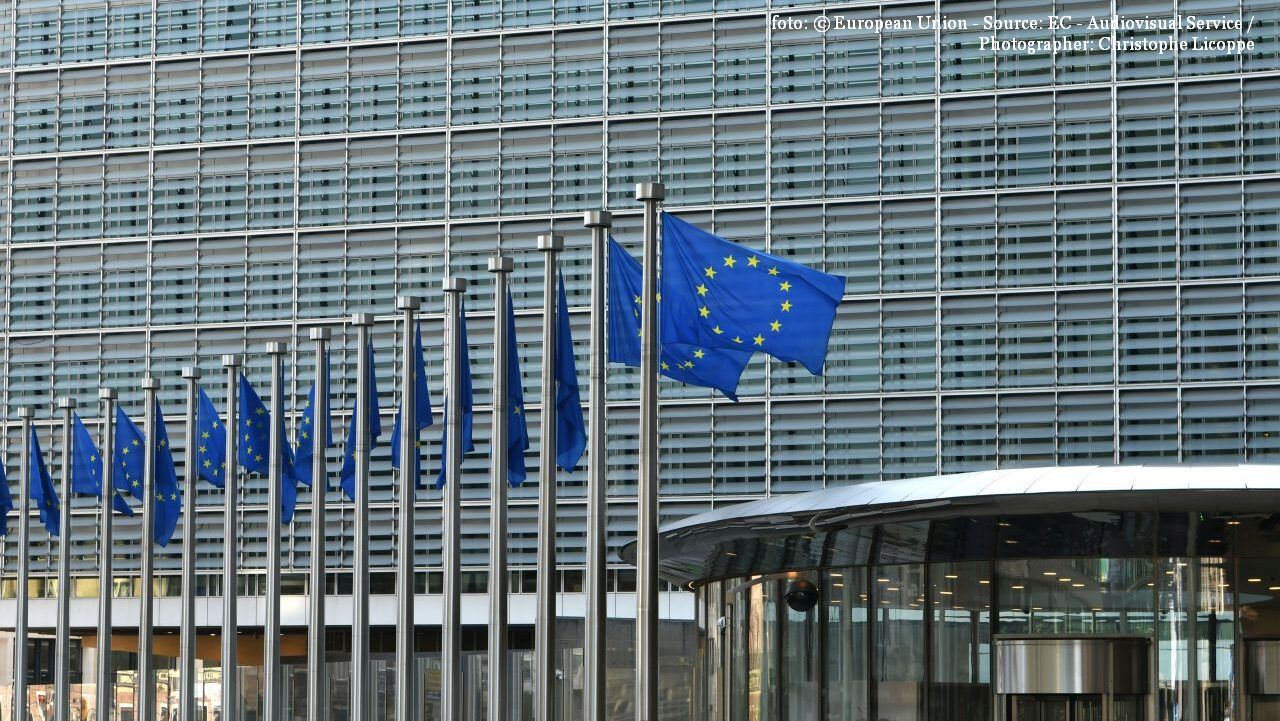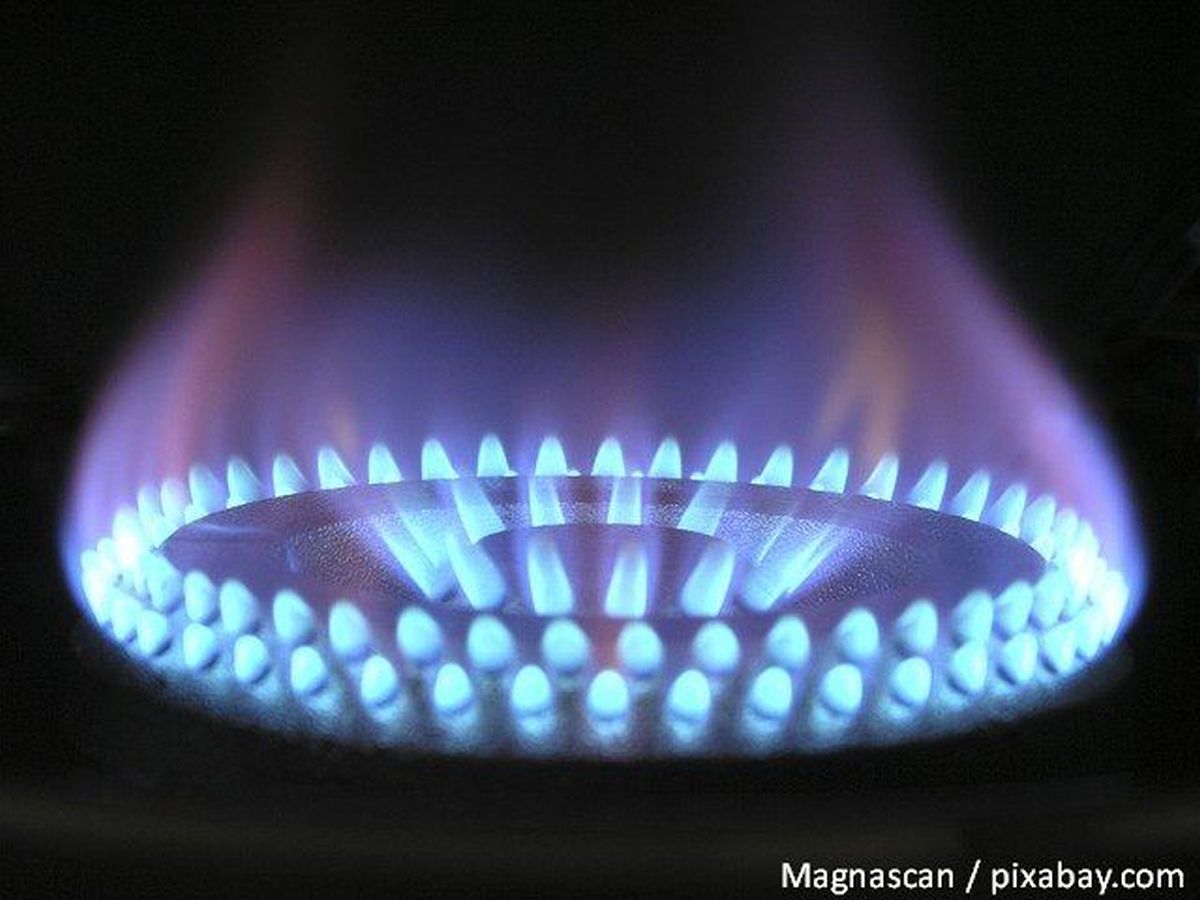A bridge for Europe
The suspension bridge was opened in Brăila on Thursday, marking the biggest investment in road infrastructure in Romania

Ştefan Stoica, 07.07.2023, 14:00
There are probably very few Romanians who are happy
with Romania’s road infrastructure, and for good reason too. Compared to its
surface, Romania fares poorly in terms of motorways and high-speed roads, and
rail infrastructure is rapidly deteriorating due to the shortage of major
investment. Things somewhat changed once European funds got involved, although
not swiftly enough to allow an average-size country such as Romania to be
crossed easily, and more importantly, without losing temper. Against this
backdrop, the inauguration of the suspension bridge over the Danube, linking
Brăila and Tulcea counties in the southeast, will make life a lot easier for
the local population. The political class too was quick to capitalize on the
event, scoring some image points. President Klaus Iohannis hailed the
completion of this major road infrastructure project, highlighting this is the
biggest construction project in Romania in the last 30 years. Measuring nearly 2 km in length, the bridge
is the third-largest in Europe. It cost 500 mln EUR, and the money was mostly
provided by the EU. It was built by a Japanese-Italian consortium using
Japanese technology. In the long-term, the bridge is expected to boost the
activity in the port of Brăila, which in turn could spell the creation of new
jobs, Prime Minister Marcel Ciolacu said. The head of government expressed
confidence the bridge will also facilitate access to the Danube Delta, which could
have a major tourist impact. The bridge could also be the first pillar in one
of Romania’s strategic projects, which is to play a key role in the
reconstruction of Ukraine. The EU Transport Commissioner, Adina Vălean,
highlighted the importance of the bridge in the current geopolitical context:
Road infrastructure in the Danube region is key to
strengthening EU security. The capacity of this infrastructure must be enhanced
at civilian and military levels. The volume of goods travelling in-between
Romania, Moldova and Ukraine currently account for millions of tons per month.
Now, more than ever, we need the proper infrastructure that would enable
military mobility.
With the opening of the bridge to road traffic,
drivers now will no longer have to wait hours an end to cross the Danube by
ferry. The most to benefit are large freight truck drivers, transporting goods
from one bank of the Danube to the other. The bridge will also exponentially
develop the economy of Tulcea and Brăila counties and put Romania the higher
tier of countries with high-end infrastructure, says Cristian Pistol, executive
director of the National Road Infrastructure Management Authority (CNAIR), who
further argued that Romania must continue to implement infrastructure projects
that would consolidate our country’s position at EU and NATO levels. (VP)






























